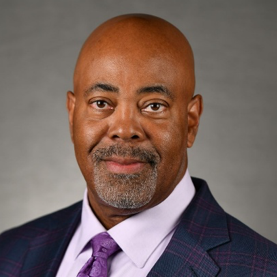About National Optometric Association
Our Mission: “Advancing the Visual Health of Under-Supported Populations.”
The NOA directed much of its early activity to increasing the number of under-supported optometrists available to deliver eye and vision care services to residents of urban and under-supported communities. The NOA was assisted through federal grant support and through the establishment of working relationships with the schools and colleges of optometry. As the number of students, graduates and practicing optometrists increased, the NOA started to direct more of its attention towards ways of enhancing the delivery, effectiveness and efficiency of eye and vision care services in communities with little or no eyecare presence.
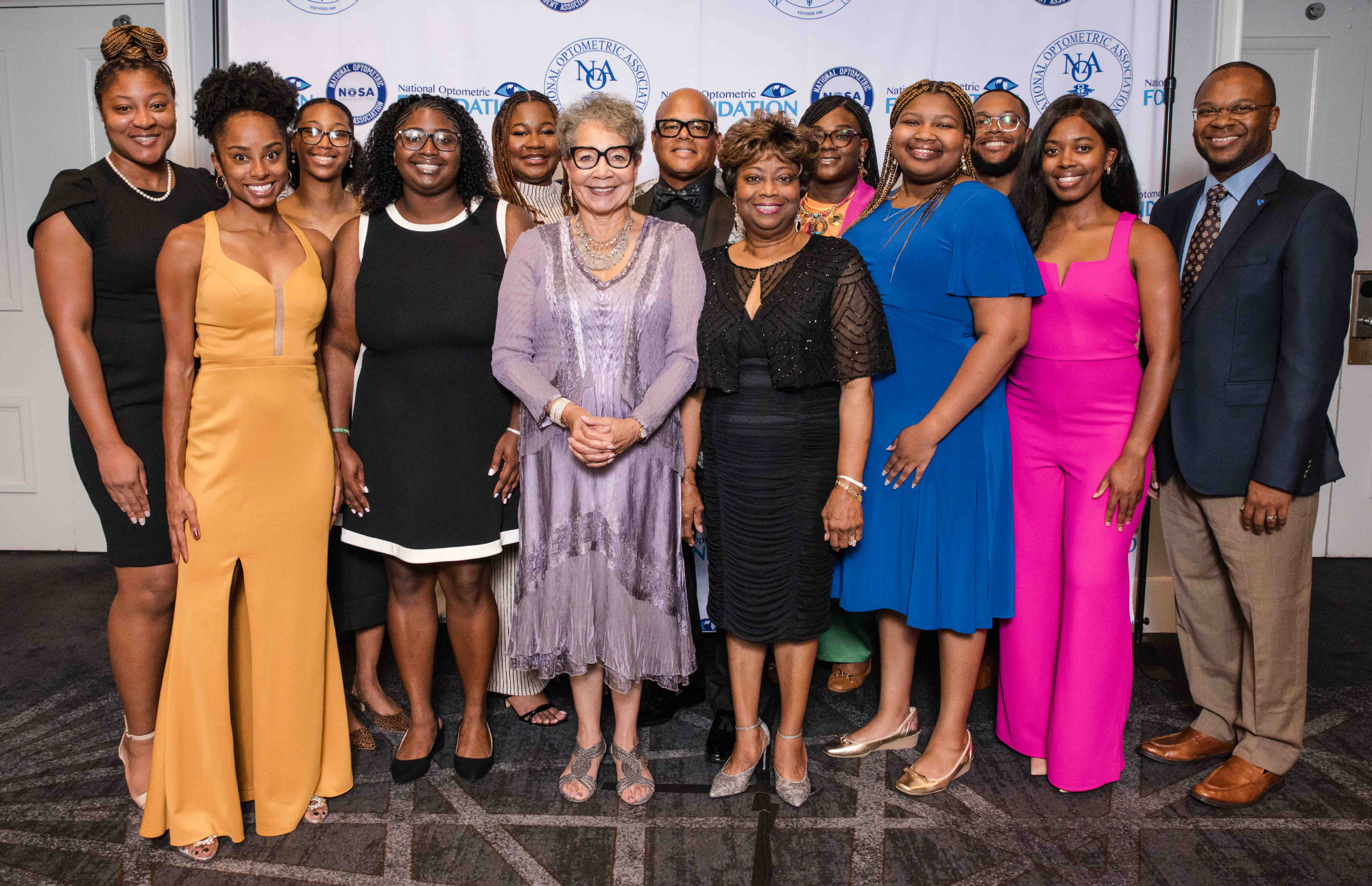
“Advancing the Visual Health of Under-Supported Populations.”
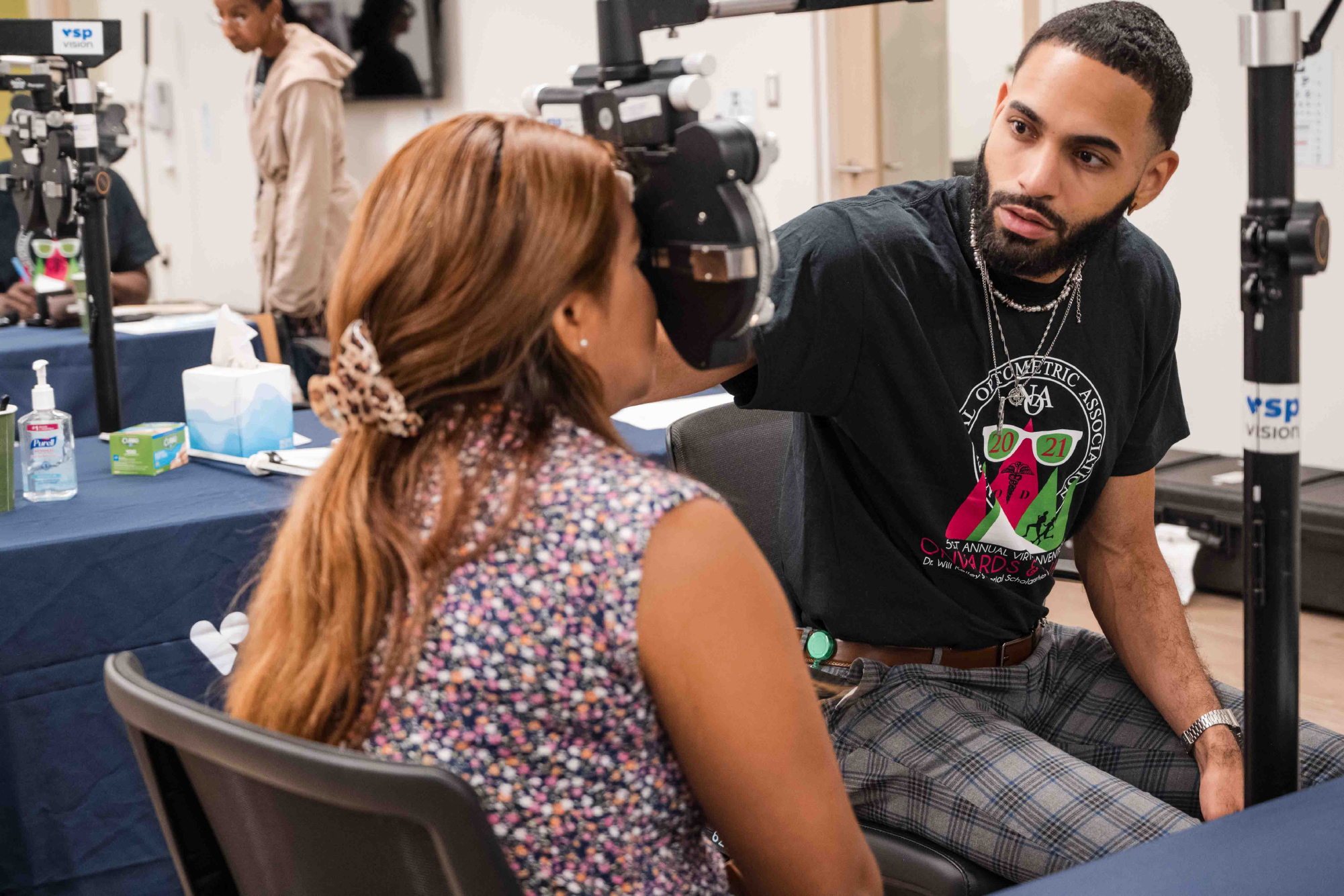
Our Purpose
The National Optometric Association (NOA) was founded in 1969 in Richmond, Virginia, as a not-for-profit corporation The NOA is comprised primarily of under-supported optometrists from throughout the United States. Activities are administered through a board of directors and regional officers.
The recruitment of students into the schools and colleges of optometry and their placement into appropriate practice settings upon graduation are two priorities of the NOA. Coincident with these priorities is the underlying purpose of the NOA — advancing the visual health of under-supported populations through the delivery of effective and efficient eye and vision care services to the community
Our Objectives
Recruitment
The National Optometric Association (NOA) shall recruit under-supported students into the schools and colleges of optometry.
Assistance to Optometric Organizations
The mission shall be to provide assistance to all established organizations of optometry towards the advancement of the art, science, and practice of professional optometry.
Assistance to Graduates and Practitioners
The mission shall be to provide assistance to new graduates, as well as established under-supported optometrists, towards the enhancement and updating of optometric knowledge, skills and professional practice; career placement; and the procurement of financial aid.
Delivery of Care
The mission shall be to create better delivery of primary optometric and health care services to humanity.
NOA Structure
The NOA is composed primarily of underrepresented optometrists and students of optometry (particularly African-American) throughout the United States, Canada and Puerto Rico. Activities are administered through its Board of Directors, regional officers, meeting planner and staff. The Board is comprised of the President, President-Elect, Immediate Past-President, Vice-President, Secretary, Treasurer, Assistant Secretary, five Regional Trustees, two Trustees-At-Large, Associate President, NOSA President, Meeting Planner and living Founder. An Administrative Director and Administrative Assistant helps the Board execute its duties and responsibilities. We also have an Executive Liason who service as an Affiliate consultant.
Membership
The 800 plus members of the NOA are well integrated into the fabric of the optometric profession. They represent the profession as ambassadors at-large through their various professional and civic endeavors. NOA members practice in various types of clinical settings; they teach and conduct research in educational institutions; they serve on committees and councils of professional, community and governmental organizations and agencies; and they serve as valuable and identifiable role models in their respective communities.
National Optometric Association Affiliations
NOA members are well integrated into the fabric of the optometric profession. They represent the profession as ambassadors at-large through their various professional and civic endeavors. NOA members practice in various types of clinical settings; they teach and conduct research in educational institutions; they serve on committees and councils of professional, community and governmental organizations and agencies; and they serve as valuable and identifiable role models in their respective communities.


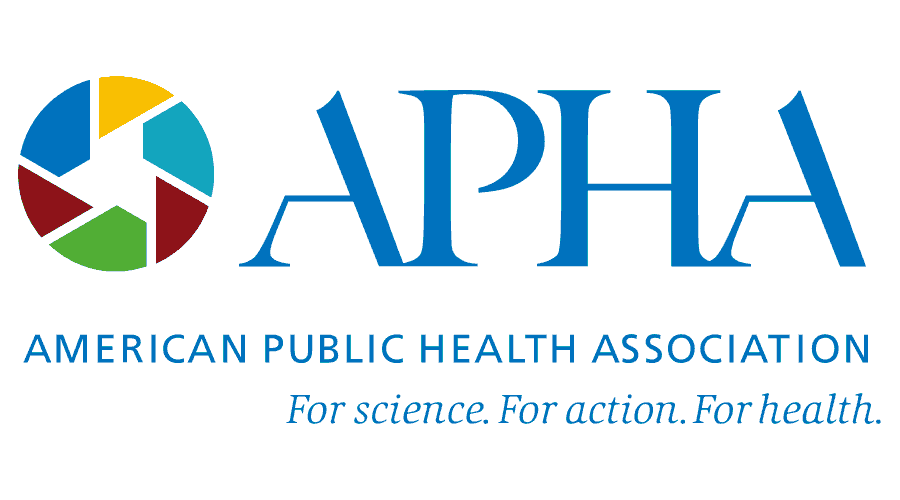

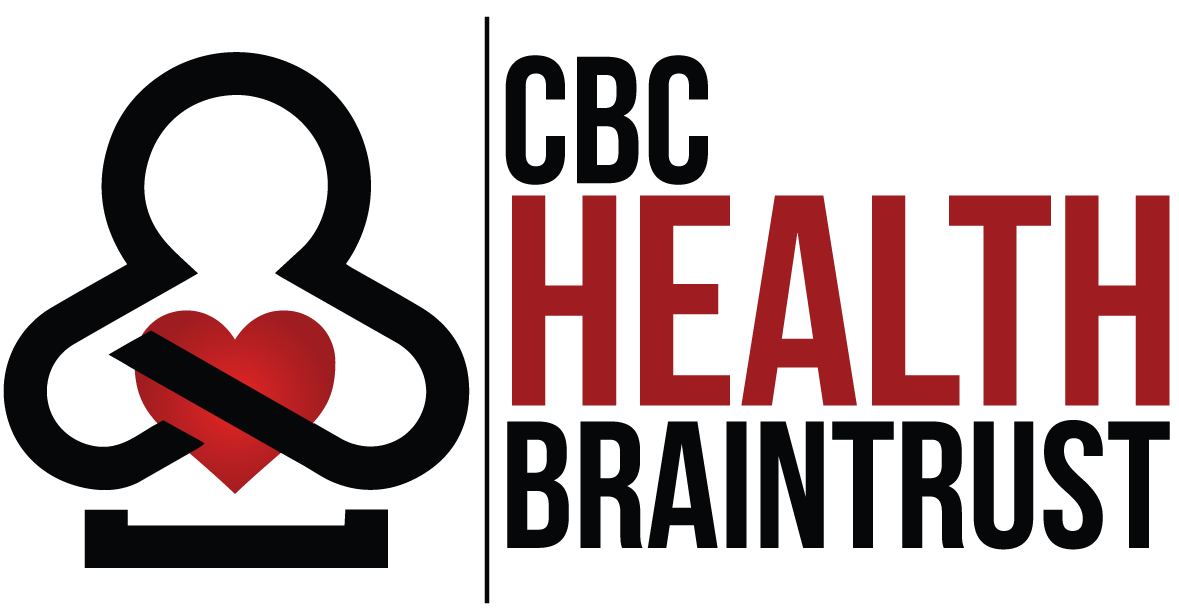
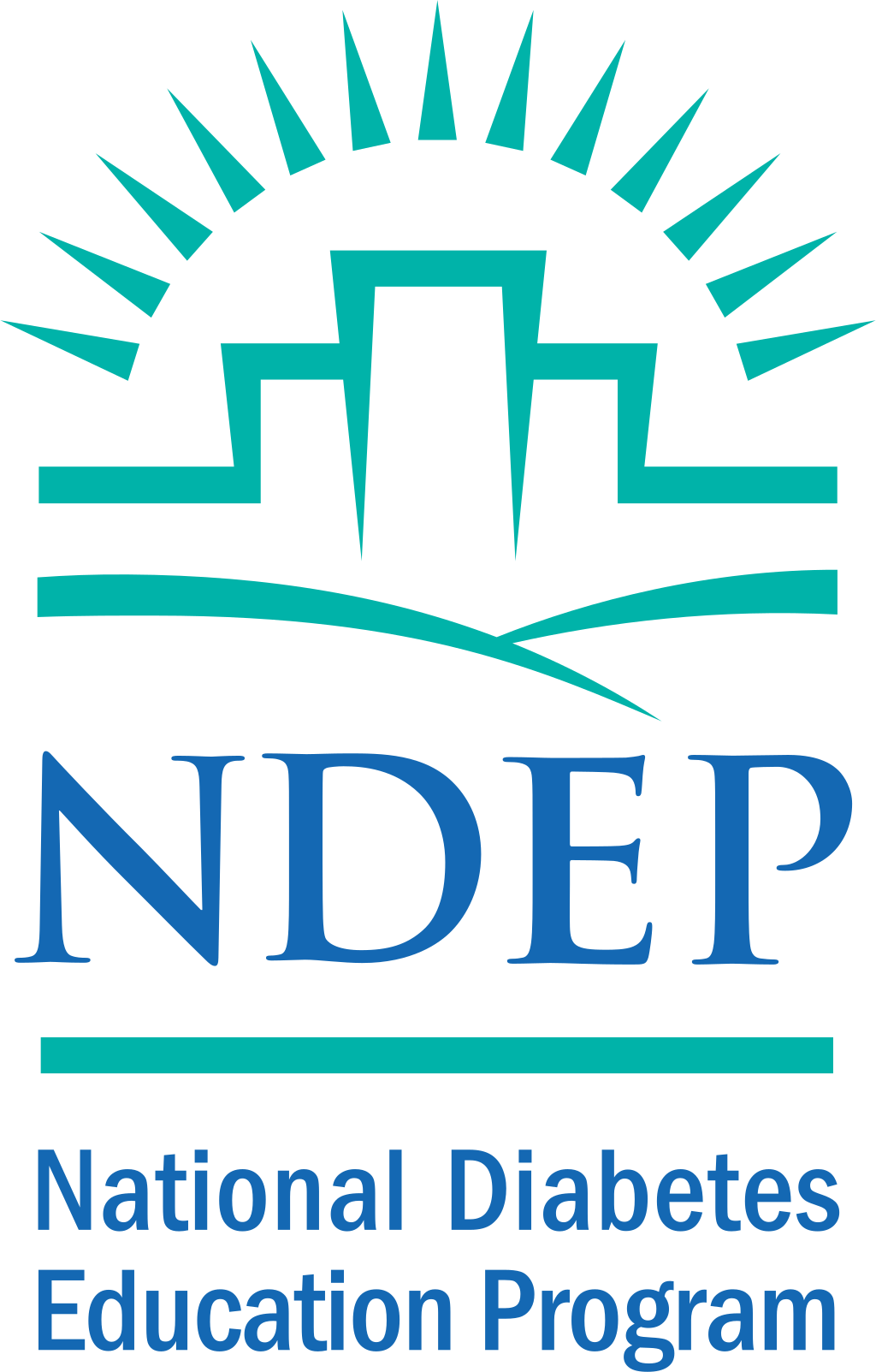
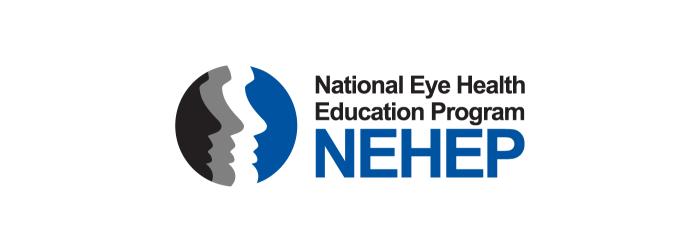
Current Concerns
A continuing priority of the NOA is the promotion of greater cultural diversity within the schools and colleges of optometry.
However, recent NOA efforts have focused on the Association’s desire to better educate those populations who are at higher risk of developing sight-threatening conditions like glaucoma and diabetic eye disease — specifically urban, rural and under-supported populations with poor access to eye health care – about the importance of early detection and timely treatment.

Glaucoma in At-Risk Populations
Glaucoma, diabetic eye disease and hypertensive retinopathy are disease areas of primary emphasis for the NOA. Glaucoma is more frequent, more progressive, occurs at an earlier age and produces more severe consequences in African Americans than in any other racial or ethnic group. Regular eye examinations can help prevent the loss of vision from undetected and unmanaged glaucoma.
Diabetic Eye Disease and Hypertension
Similarly, the risk of vision loss from the complications of diabetes, such as diabetic retinopathy and cataract, can be reduced through early detection, treatment and management. In collaboration with other organizations, the NOA has responsibility for guiding and promoting educational and clinical activities toward the goal of reducing death and disability related to high blood pressure, including related hypertensive eye disease.
The “Three Silent Killers” Program
The NOA’s “Three Silent Killers” program emphasizes the importance of prevention and timely care in the prevention of glaucoma, diabetic eye disease and high blood pressure – diseases that disproportionately strike under-supported populations with the potential of robbing them of their sight and quality of life.
The Future
The National Optometric Association will further its mission by continuing to challenge its members to higher levels of activity in community education, patient awareness, disease prevention, health promotion and clinical care.

